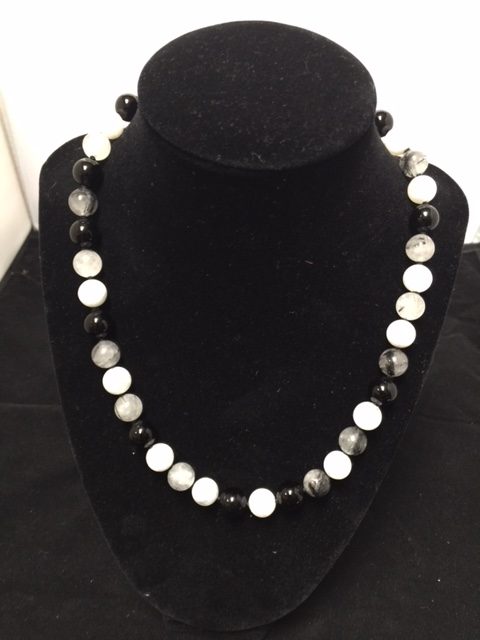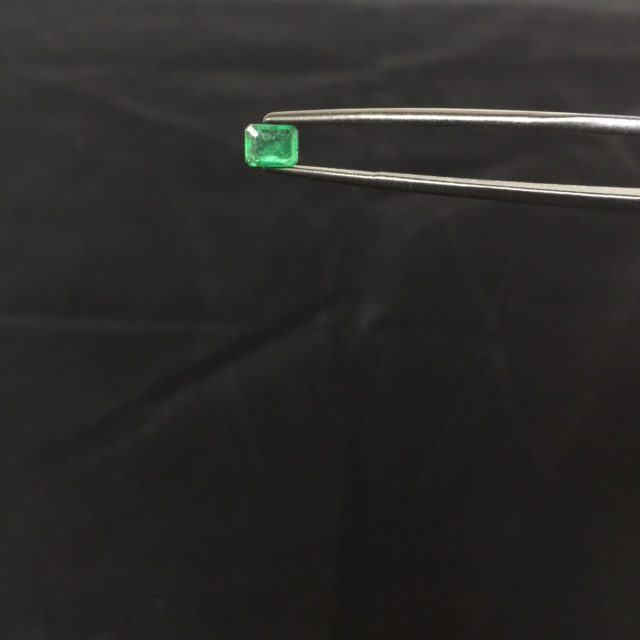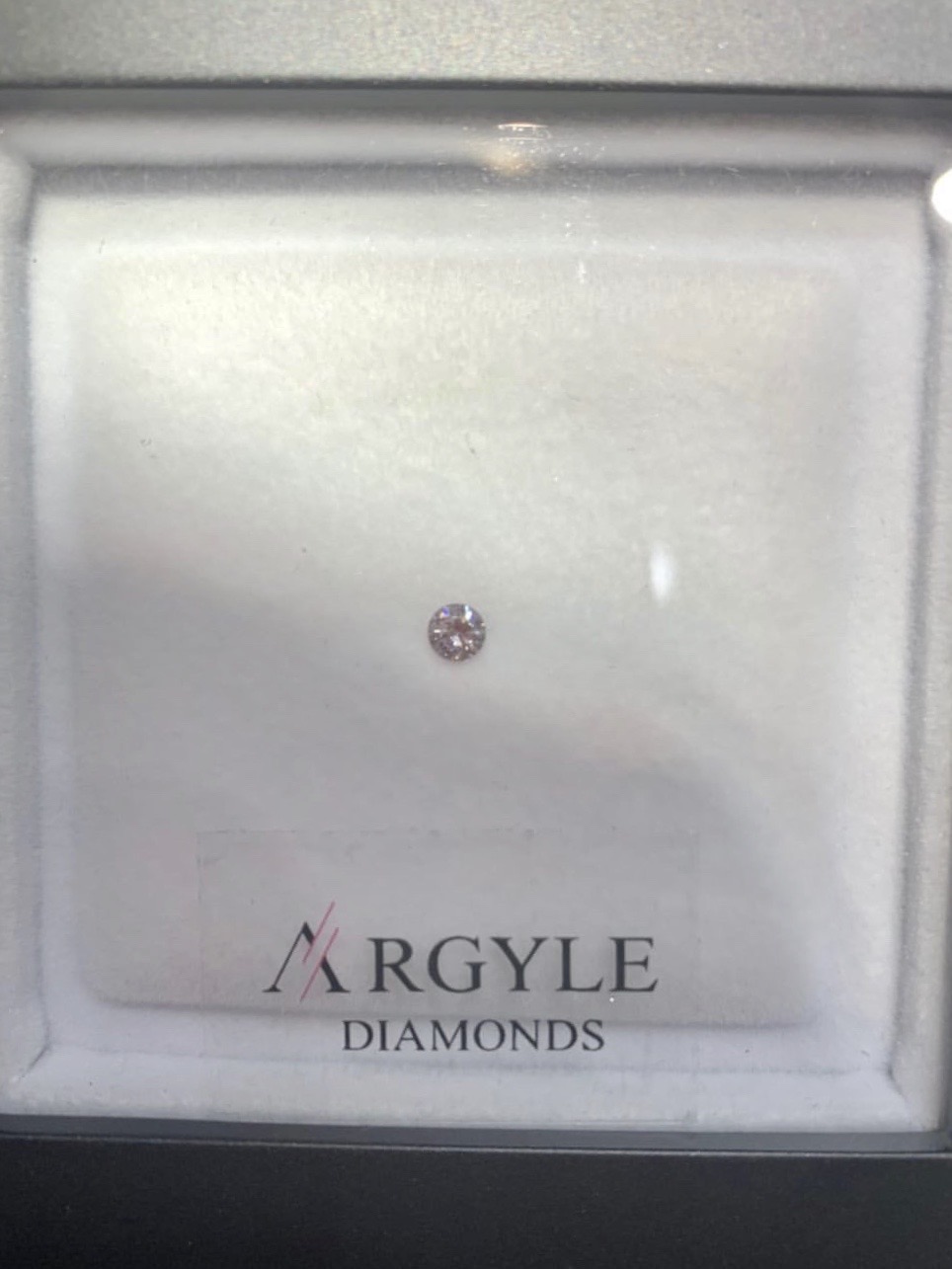Moonstone Introduction
Since it’s June, it’s time to talk about another of June’s three birthstones, Moonstone! Moonstone is a feldspar made up of two species of feldspar, albite and orthoclase. Moonstone is formed when these two species join. Once cooled, the two species separate and form stacked layers. When light falls between the layers, it scatters in a feature called adularescence.
Adularescence gives the impression of billowing light across a gemstone. When a stone that features adularescence is moved to a different viewing angle, it can give the appearance of light rolling across the surface.
The origin of the term “adularescence” comes form “adularia” which is the name by which moonstone was once known. The finest quality moonstone was once sourced from a city in Switzerland called Mt. Adular.
Moonstone Popularity
Moonstone has surged in and out of popularity for centuries. It has been cut into cameos, beads and brooches, often accented with diamonds and pearls, and in gold and platinum. Given that Moonstone is a soft gem, at 6 to 6.5 on the Mohs scale, it is often best worn as beads, pendants or earrings. It is most often cut as a cabochon. Moonstone was popular in the last part of the nineteenth century, but by the 1920s, it had lost its popularity in favor of the use of color and bold shapes in the Art Deco era. Moonstone became popular again after World War II and enjoyed prominence again in the 1960s and the 1990s. Moonstones are often found at antique jewelry dealers, but given that they are popular again, they are also found at contemporary design houses like Tiffany & Co.
Shopping for Moonstone
When shopping for Moonstone, you should look for a vivid blue adularescence without eye-visible inclusions and a colorless, semitransparent appearance. This blue adularescence is sometimes referred to as blue sheen. Your ideal Moonstone should also be colorless and free of any tints of yellow or brown. Sri Lanka is the main source for top-quality moonstone.









